Continue to carry out the tasks set out for Phase 2
On April 8, 1954, "based on the enemy situation and the level of mission completion, the Campaign Command determined: "Continue to carry out the assigned tasks for Phase 2, destroy a part of the enemy's forces, occupy a number of advantageous positions, move the attack and siege positions closer to the enemy, tighten the siege, capture the airport, achieve the goal of completely cutting off the enemy's supplies and reinforcements, and threaten them even more strongly."
To successfully complete the remaining tasks of Phase 2, the Campaign Command has directed units to grasp and carry out the following tasks:
- Strengthen the construction of offensive and siege positions, truly consider it a process of fierce fighting with the enemy. The closer we get to the position, the tighter the siege, the more stubborn the enemy will be in response. They will counterattack many times with infantry supported by tanks, artillery and air force to retake the lost areas. Therefore, we must have a good position to encircle and hold out against the enemy's counterattacks, must arrange appropriate forces, have a plan to closely coordinate between troops and firepower; organize attacks to destroy tanks; defend firmly wherever we attack.
Many types of modern French weapons and equipment, including many with American brands, were destroyed or captured by our army during the Dien Bien Phu campaign. Photo: Archive
Controlling Dien Bien Phu airspace with all kinds of firepower day and night, organizing the fight for parachute supplies, carrying out the destruction of air supplies and reinforcements, destroying the enemy's remaining main support, pushing them into an increasingly dangerous situation.
- Organize small units, sniper teams, and mobile fire teams to approach the enemy, carry out widespread attrition, causing the enemy to gradually lose their fighting power and become highly confused.
Occupy some advantageous positions, move the attack site closer, and gradually tighten the siege. The battles near the central area are not simply point attacks but are all point attacks to counterattack the enemy, a form of point attacks to destroy reinforcements or point attacks to block reinforcements." (1)
"On April 8, 1954, after hearing the new combat strategy, an officer said: "The superiors have chosen the right medicine." Everyone realized that with the tasks assigned to the units by the Campaign Command this time, there would be nothing that the troops could not do." (2)
General Vo Nguyen Giap sent a letter to military doctors, civilian workers, and food service workers serving wounded soldiers and youth volunteers.
On the same day, "April 8, 1954, to promptly mobilize the forces participating in the Dien Bien Phu Campaign, General Vo Nguyen Giap, Commander-in-Chief of the Vietnam People's Army, sent a letter to the cadres, military medical staff, laborers, nurses, and food service workers serving wounded soldiers, and the youth volunteers". (3)
In the letter, General Vo Nguyen Giap encouraged cadres, military medical staff, civilian workers, nurses, and food service workers serving wounded soldiers, and youth volunteers to uphold the spirit of overcoming difficulties and hardships, completing their tasks, worthy of the trust andeducation of the Party and President Ho Chi Minh, and worthy of the brave sacrifices of soldiers on the front lines.
Especially in the Dien Bien Phu Campaign, the medical soldiers had to work continuously day and night in extremely difficult and arduous conditions, lacking machinery, equipment, medical instruments and medicines. Understanding that, in his letter, General Vo Nguyen Giap encouraged: This campaign is a historic campaign on a larger scale than previous campaigns. Therefore, the work of wounded soldiers also requires a new effort in terms of organization as well as service spirit... From now until the complete destruction of the enemy in Dien Bien Phu, we still have to go through many difficulties and hardships. Comrades need to continue to enhance their bravery, overcome all difficulties and hardships to complete their tasks, and serve and treat wounded soldiers carefully...
During 56 days and nights of “digging mountains, sleeping in tunnels, in the pouring rain, eating rice balls”, 6 medical teams under the Military Medical Department and 4 medical teams of the regiments did their best to serve and treat wounded soldiers in a timely manner. During the Dien Bien Phu Campaign, the medical force received up to 15,000 wounded soldiers. During that difficult period, the medical soldiers took advantage of every second, devoted all their efforts to caring for and treating lightly wounded soldiers, quickly bringing 30% of the wounded back to the battlefield after 5-7 days, promptly supplementing the elite fighting force for the campaign. After the victory, our troops withdrew from Dien Bien, the medical force had to continue to perform the task with the transport force and laborers to transport more than 6,000 wounded soldiers to the rear.
According to VNA
-----------
(1) Dien Bien Phu: The victory of the century, Information and Communication Publishing House, Hanoi, 2014, pp. 208, 209
(2) General Vo Nguyen Giap: Complete Memoirs, People's Army Publishing House, Hanoi, 2018, p. 1041
(3) Dien Bien Phu Victory: Facts - Figures, People's Army Publishing House, Hanoi, 2024, p. 159
Source


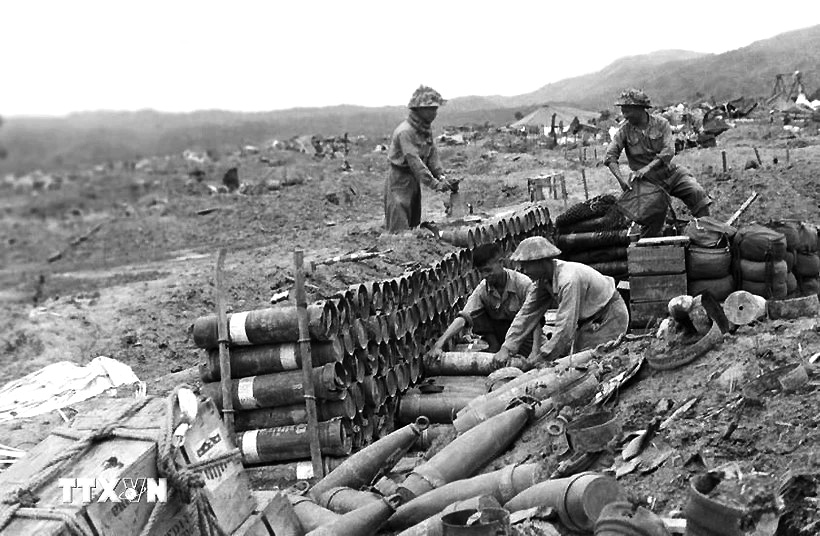
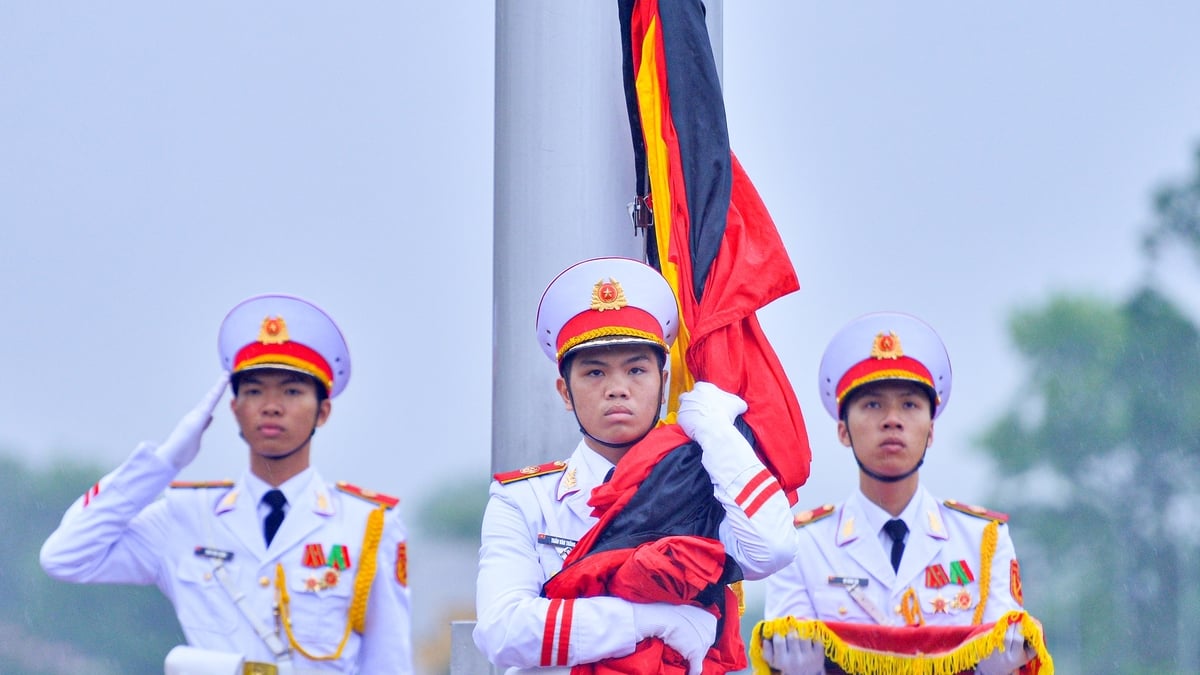



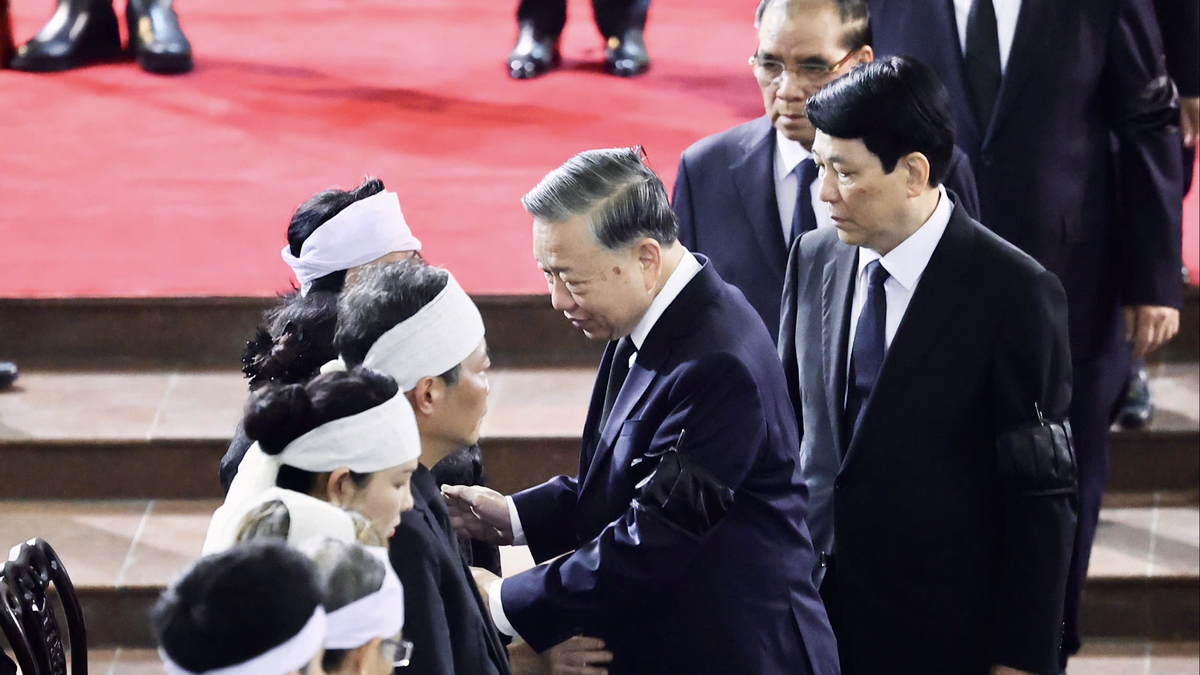
![[Photo] Anh Hoang - Dinh Duc successfully defended the men's doubles championship of the National Table Tennis Championship of Nhan Dan Newspaper](https://vphoto.vietnam.vn/thumb/1200x675/vietnam/resource/IMAGE/2025/5/23/d6ab3bcac02c49928b38c729d795cac6)

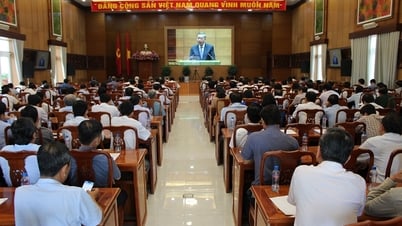
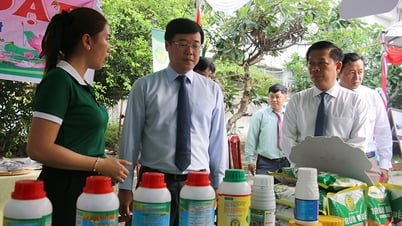
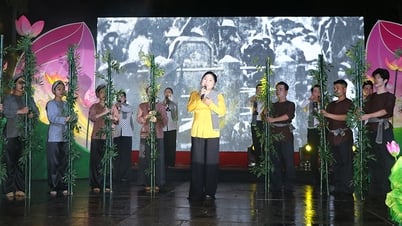








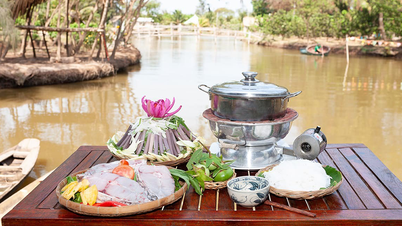
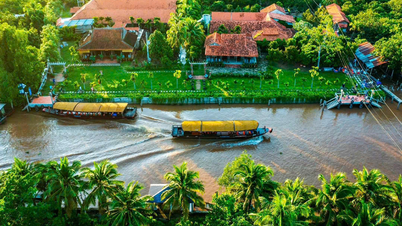
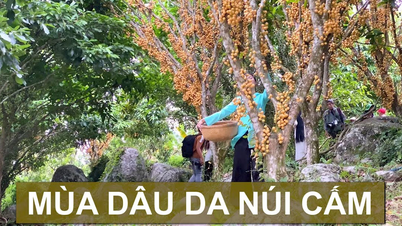


![[Photo] Top players gather at the 2025 Nhan Dan Newspaper National Table Tennis Championship](https://vphoto.vietnam.vn/thumb/1200x675/vietnam/resource/IMAGE/2025/5/23/9ad5f6f4faf146b08335e5c446edb107)




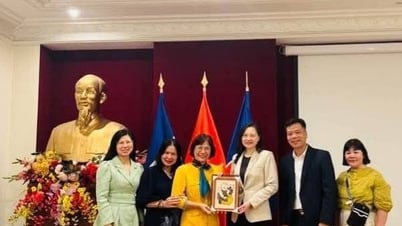

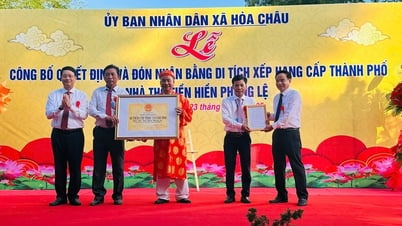






















![[Photo] The Central Party Executive Committee delegation visits former President Tran Duc Luong](https://vphoto.vietnam.vn/thumb/402x226/vietnam/resource/IMAGE/2025/5/24/32f67673454445aab0f1f2af331cb170)
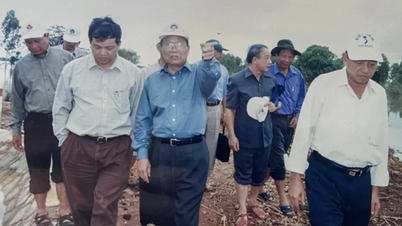

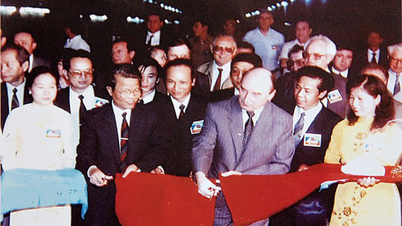


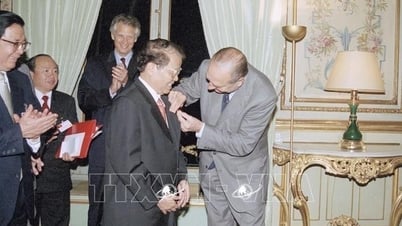

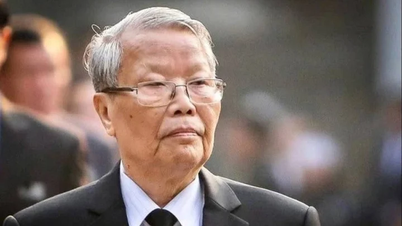








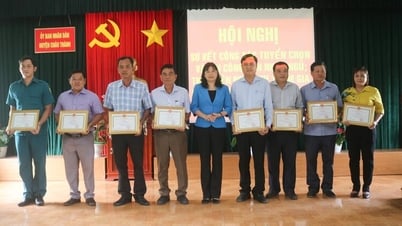



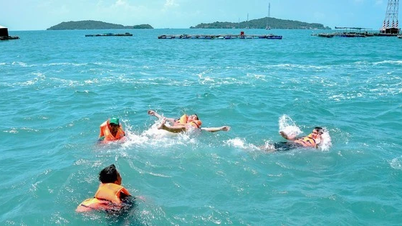

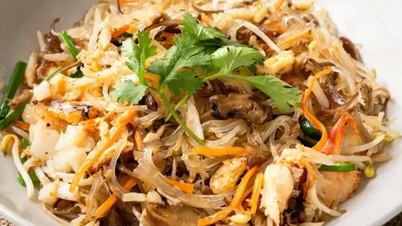
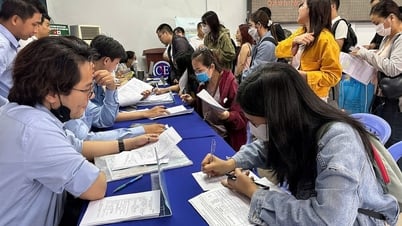

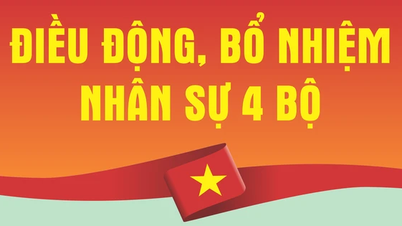











Comment (0)